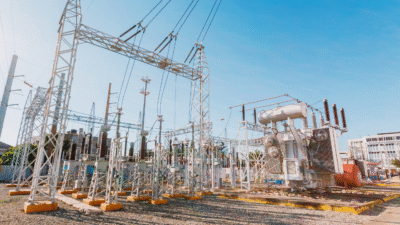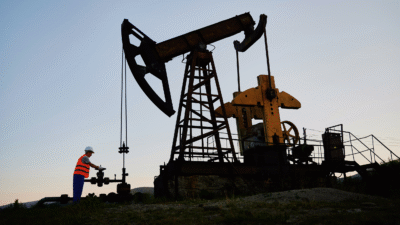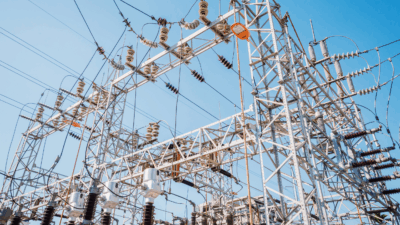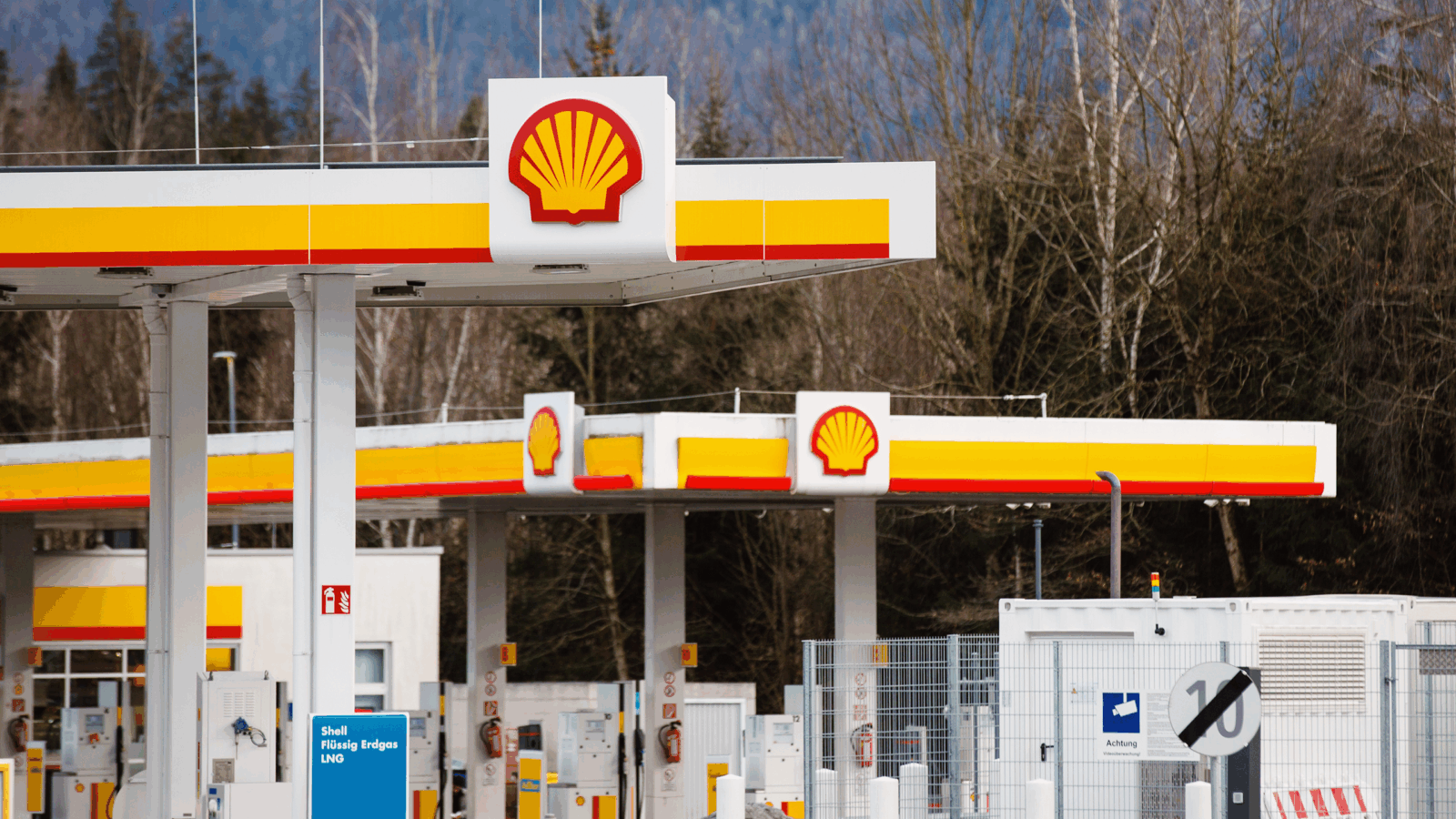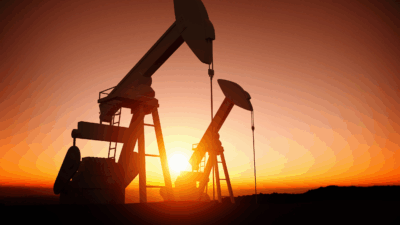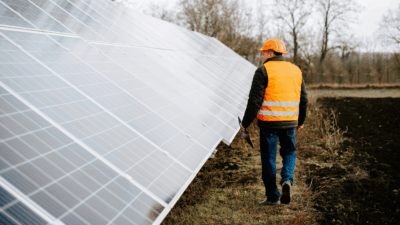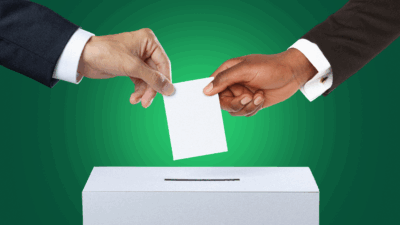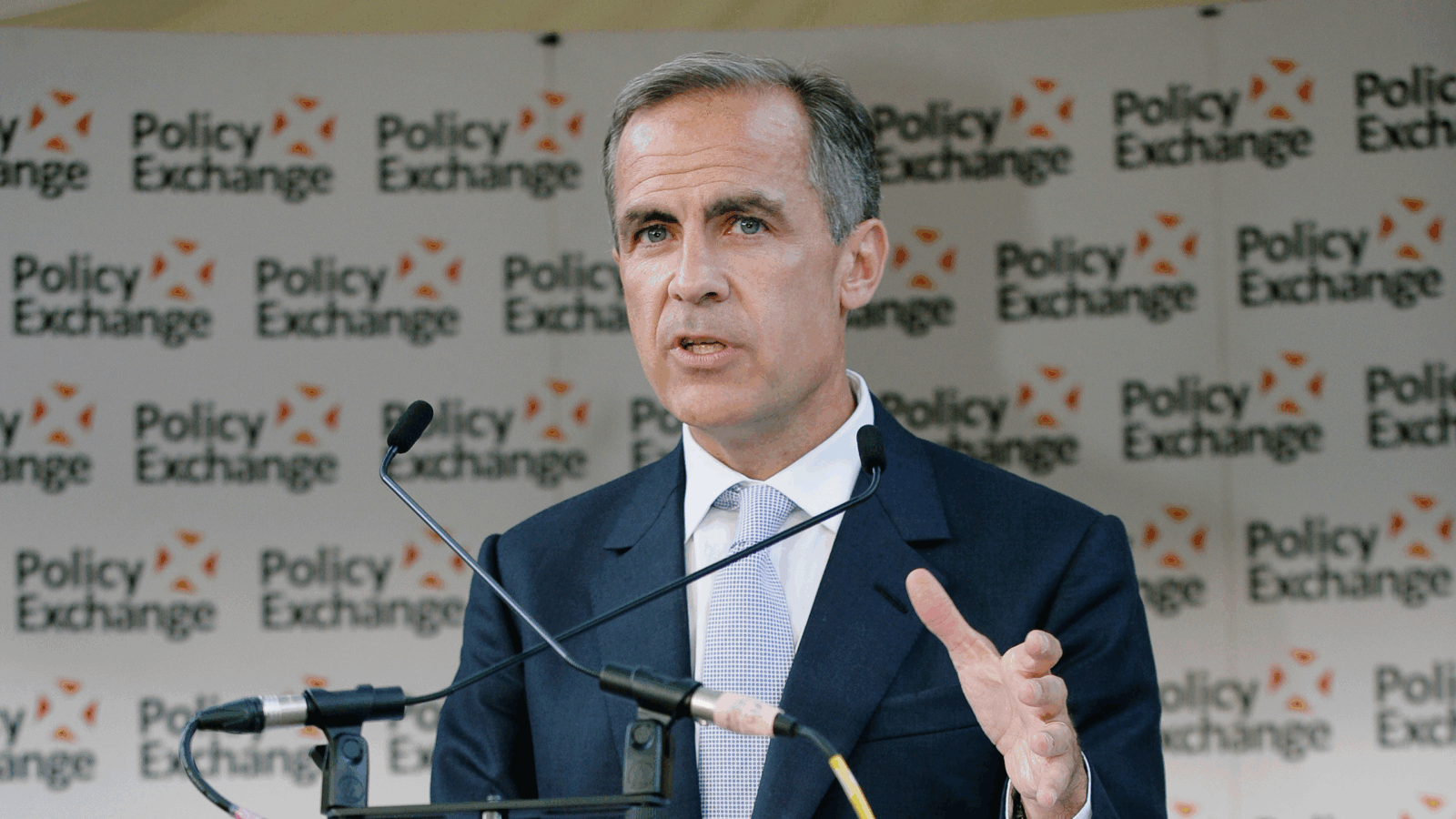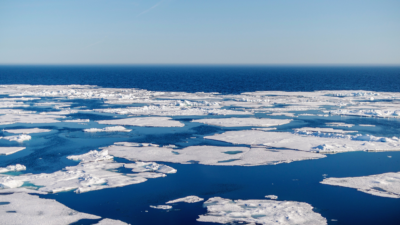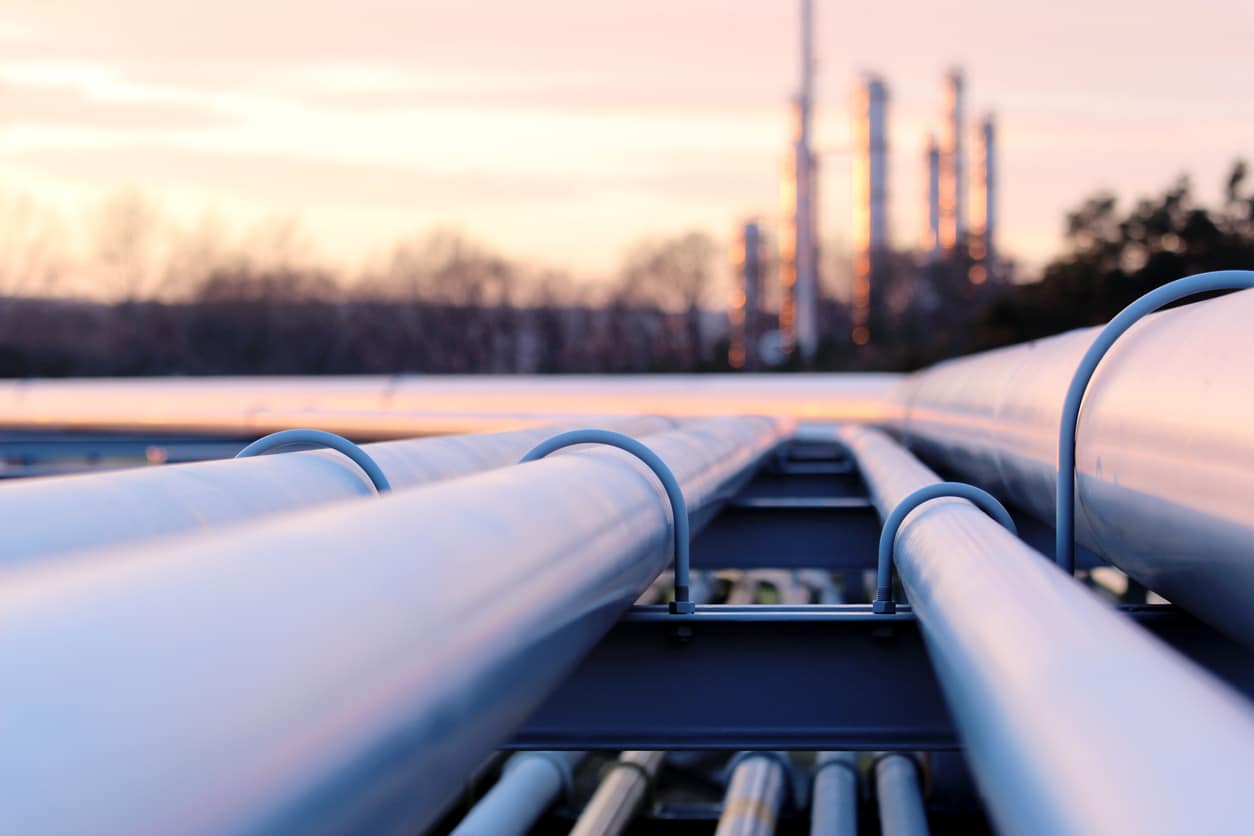
Sign up for smart news, insights, and analysis on the biggest financial stories of the day.
The perks of tropical island life on Hawaii are obvious and plentiful: serene beaches, show-stopping sunsets, gorgeous flora and fauna, and a relaxed, worry-free culture. Unfortunately, the economics of life in Hawaii can turn Maui into owie.
With oil prices skyrocketing, the island is turning toward one of its signature natural resources: the sun. And unlike in much of the contiguous 48 United States, when it comes to solar power, traditional Hawaiian energy companies have decided to play ball.
Here Comes the Sun
Oil-burning power plants fueled nearly two-thirds of Hawaii’s electricity in 2021, about a 10% dropoff over the past decade, according to the Energy Information Administration. That’s far higher than the national average, due in large part to the high cost of importing natural gas. But a reliance on imports from Russia — supplier of a third of the state’s oil last year — has turned the state’s hefty appetite for oil into a costly proposition.
According to The NYT, Hawaii’s electricity rates are currently triple the national average. Fortunately, aggressive government incentives and buy-in from energy firms are helping residents turn to solar to combat the rising prices:
- On Oahu, home of Honolulu and 70% of the state population, the government offers $4,250 — about a third of the overall cost — to homeowners installing solar systems equipped with batteries. Utility companies, which have long lobbied against such incentives, have embraced the pivot because they’re allowed to tap the excess energy stored in the batteries during peak energy hours.
- Roughly one-third of Hawaiian homes are solar-equipped, double that of California. Rooftop solar supplies 14% of the state’s energy, up from 6% in 2014, according to Times reporting.
Kauai Not? On Kauai, 70% of electricity comes from carbon-free sources, and the island believes it can reach 90% by 2025. As if mainlanders needed more reason to envy island life…

